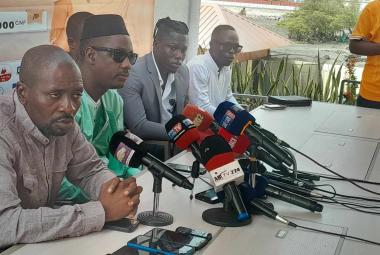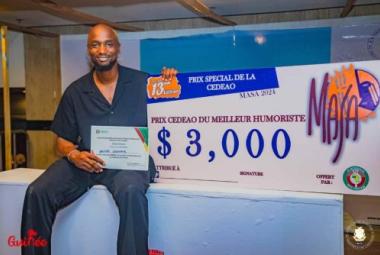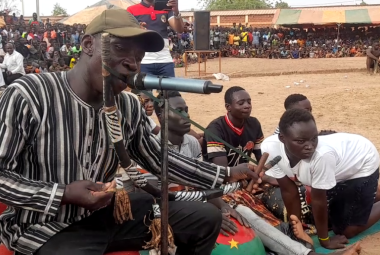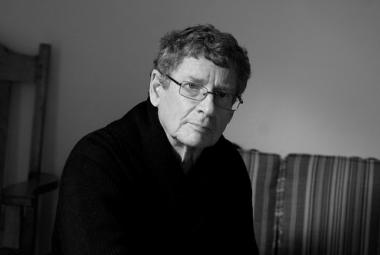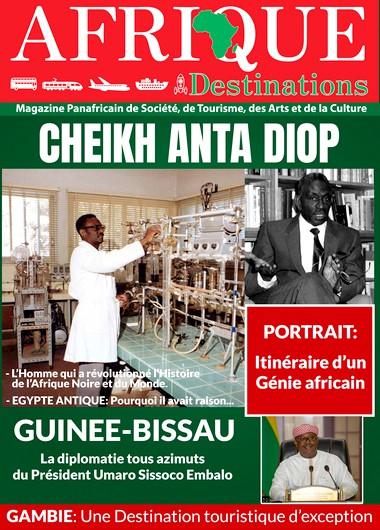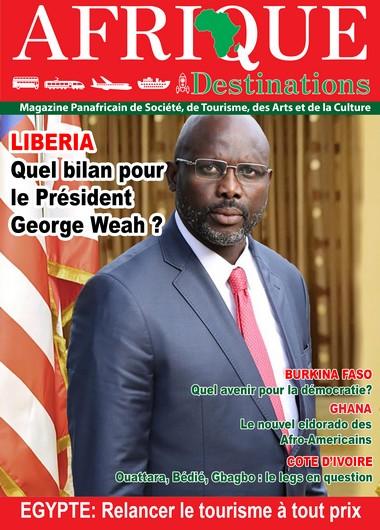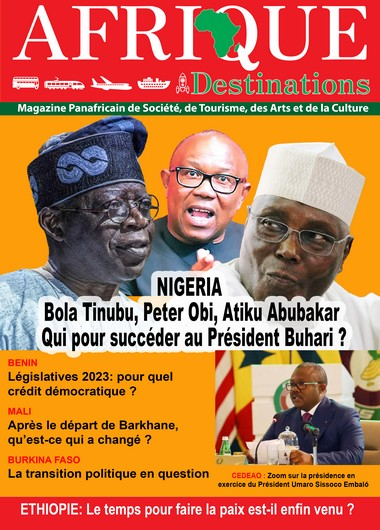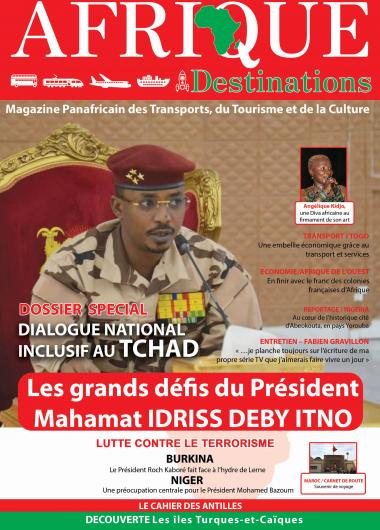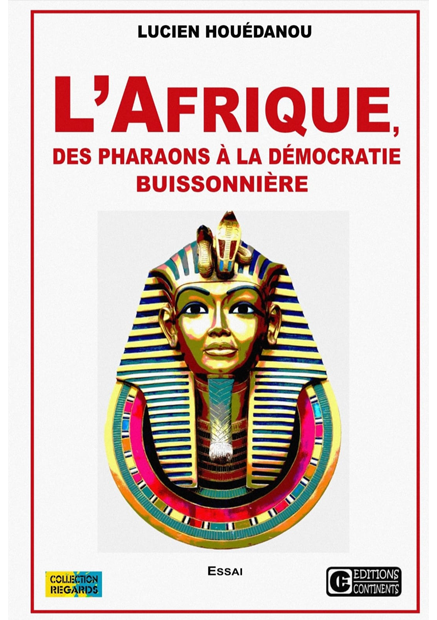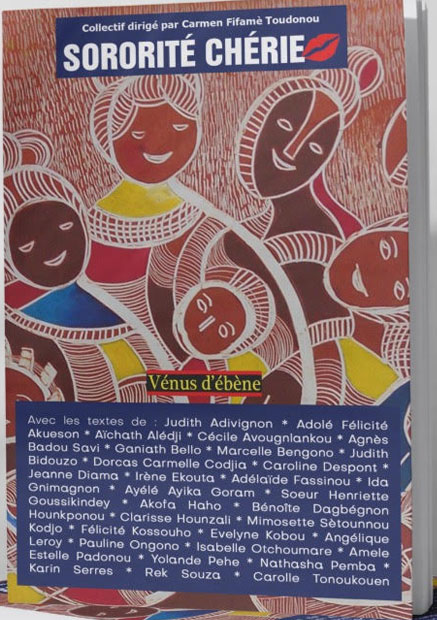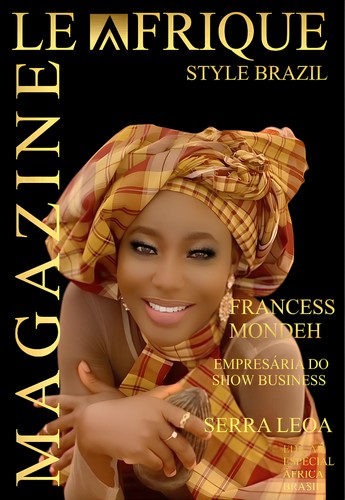Classified among rattles, maracas are inseparable from Salsa. If these percussion instruments exist in the traditional music of American Indians and Africans as well as the Afro-descendants of the West Indies, the history of its use in Salsa is rather associated in Cuba with that of black slaves.
The fundamental instrument of the musical genre that the Cubans called Salsa (Sauce) in Spanish and which is called Clave (Clef) in Spanish, is nothing but a modern and much later version of the gourds filled with grains that were used in the oldest times to produce the sounds desired by traditional musicians in Black Africa. It is called Maraca in the singular and Maracas in the plural by the Native Americans of South America. And there are a multitude of variants, depending on the region and culture.
Maracas have existed as musical instruments for millennia and in the highest antiquity. Without a doubt, Native Americans were already using them for this purpose long before European colonization. But, in the specific case of the music of Cuba, it is important to specify that it was the Blacks of the Oriente whose ancestors also already played it in Africa who made them fundamental instruments, producers of rhythms that the we will discover through Cuban Son and Changüí in the second half of the 1800s.
Both in Fo Kpaï and in its ancestor Non-Taki from North Benin Republic, the beats of the palms of the hands (las palmas) constitute the basic rhythm just like in Flamenco. It is for Flamenco what the Clave represents for Salsa, this music which was born in the United States at the beginning of the 1960s but which descends from the oldest Afro-Mestizo music of Cuba, including Boogaloo (and the oldest still : Nengón and Kiribá), before emigrants from the Caribbean and mainly Puerto Ricans from New York brought it extra soul by enriching it with other influences in the mid-1960s. Puerto Rican Eddie Palmieri, with his orchestra La Perfecta, is generally accepted as the father of classic Salsa, for having been the first to make this fusion between Cuban rhythms, notably Guaracha and Guaguancô, with the Jazz that his brother Charlie Palmieri played wonderfully. It was only after its fusion with Jazz in New York, and precisely in Spanish Harlem, that this music would definitively establish itself in South America as a whole, under the impetus of its diaspora. And it will become the emblematic music of the former Spanish colonies, to the point of often concealing many people around the world that it was indeed born in the United States.
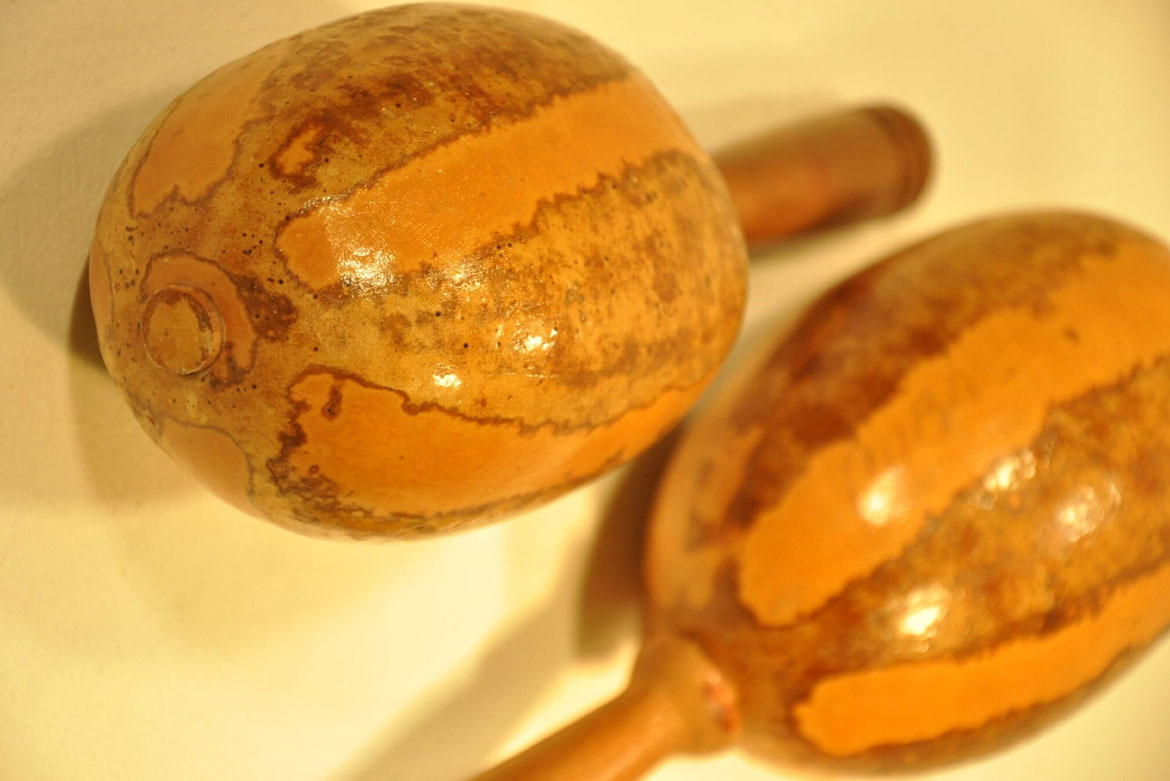
The Yoruba of West Africa, many of whom were slaves, then deported to the Americas, particularly to Cuba and Brazil, already knew the maracas which they played in their traditional music. And the Yoruba slaves were able, despite all the adventures, to preserve in what could still be preserved not only their language and their ancestral deities but also their musical rhythms across the Atlantic. Which ended up permeating so much Afro-Caribbean music in so many ways.
By Marcus Boni Teiga





